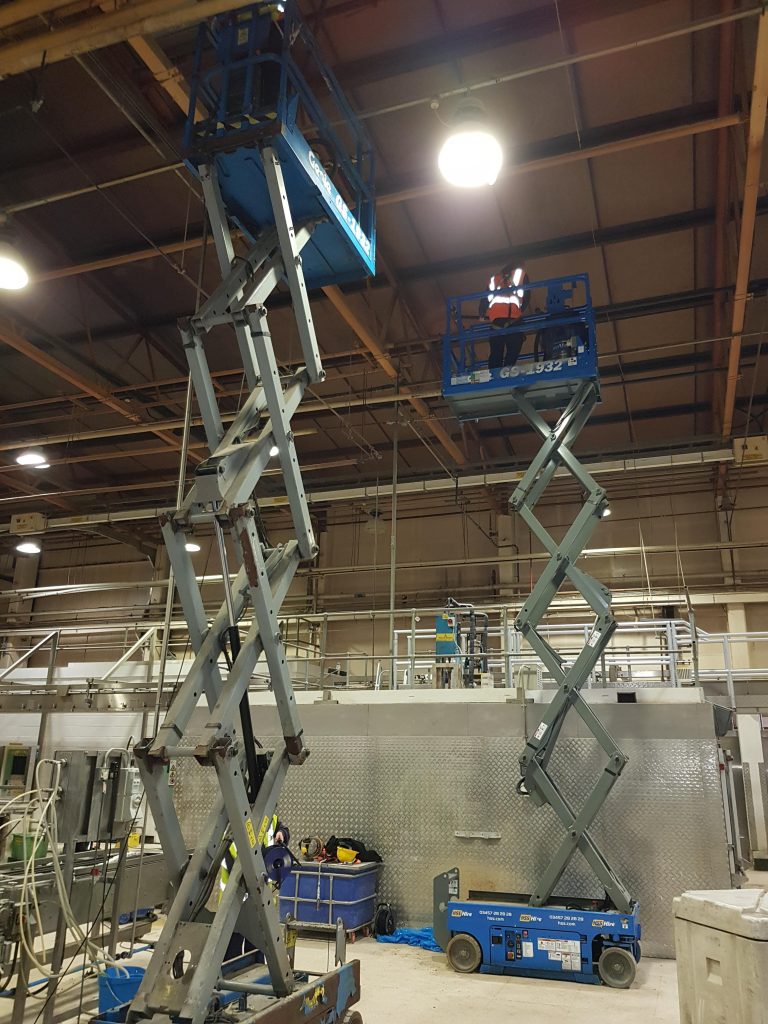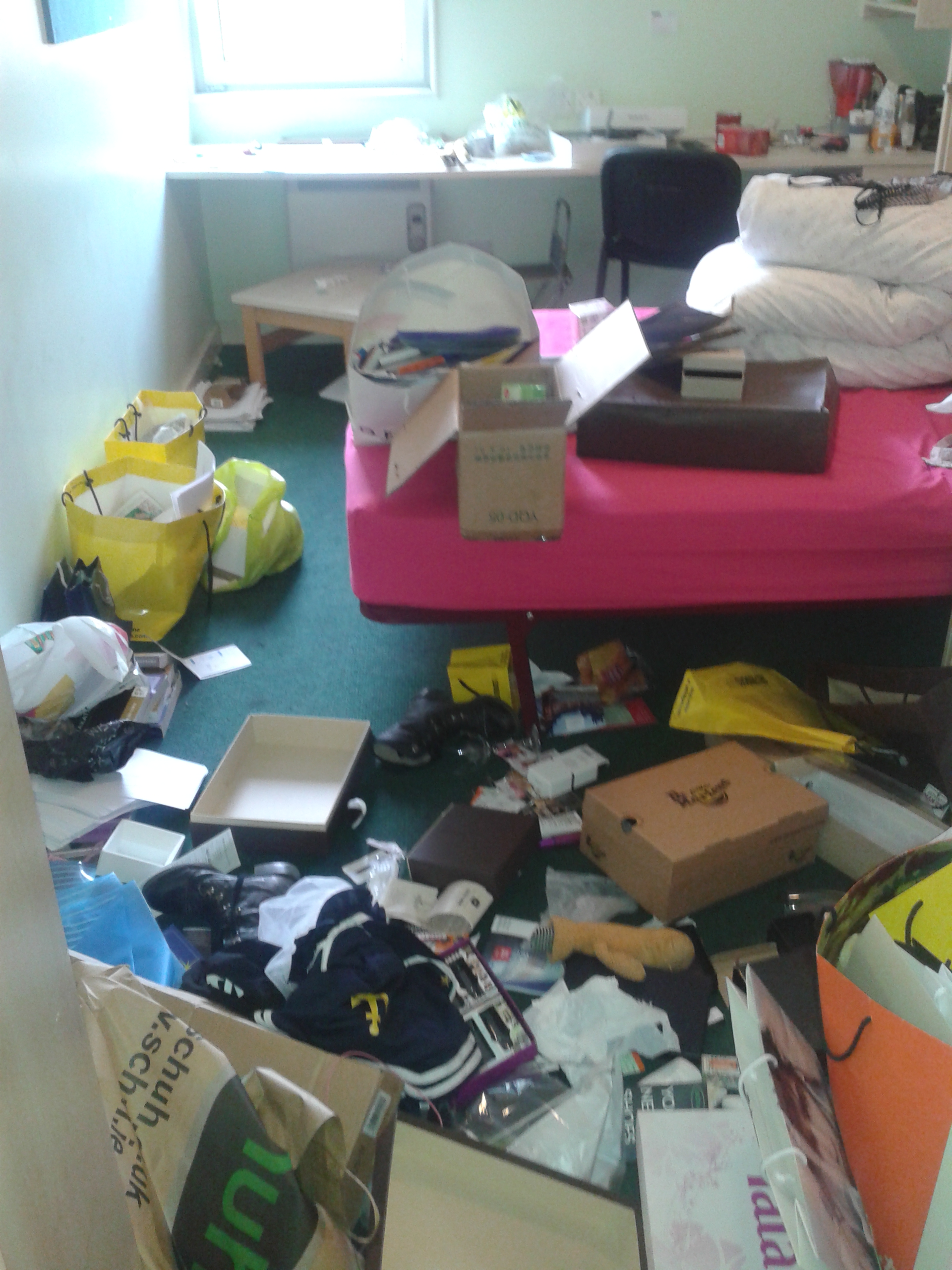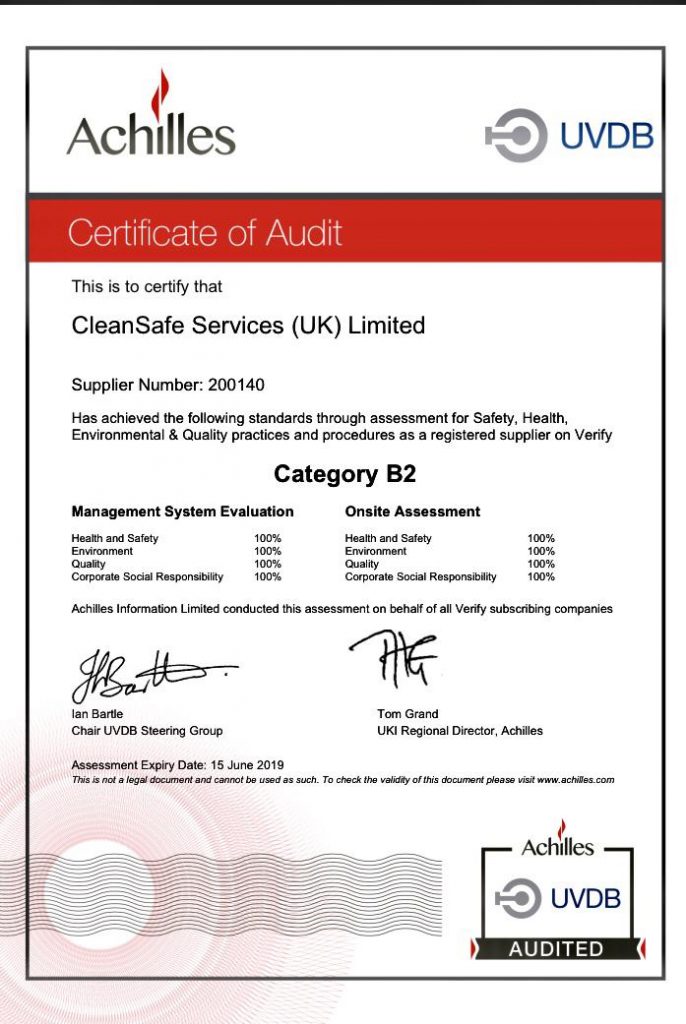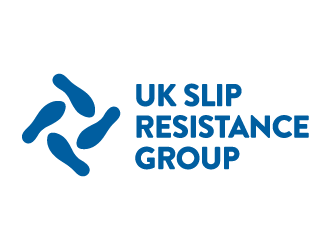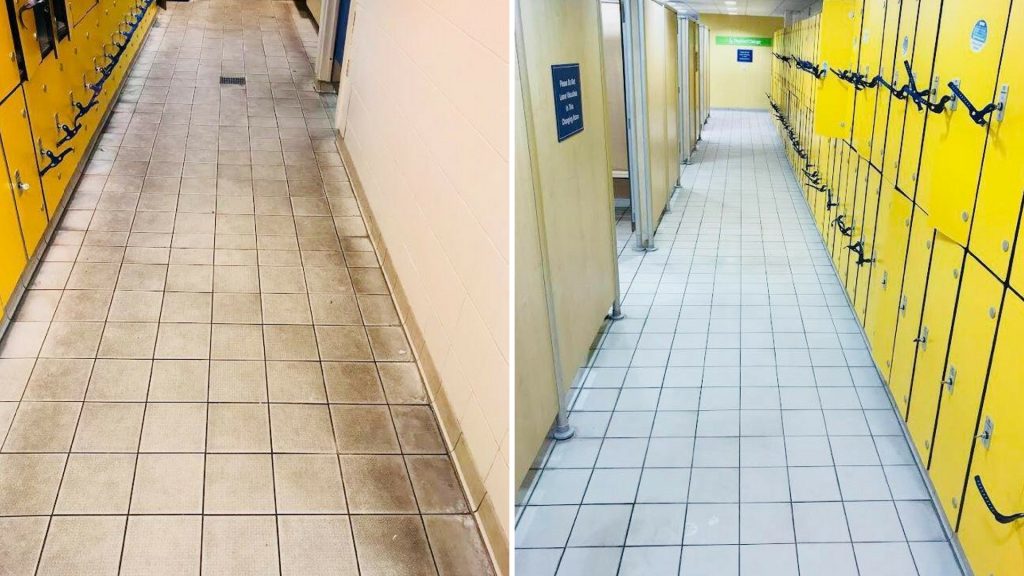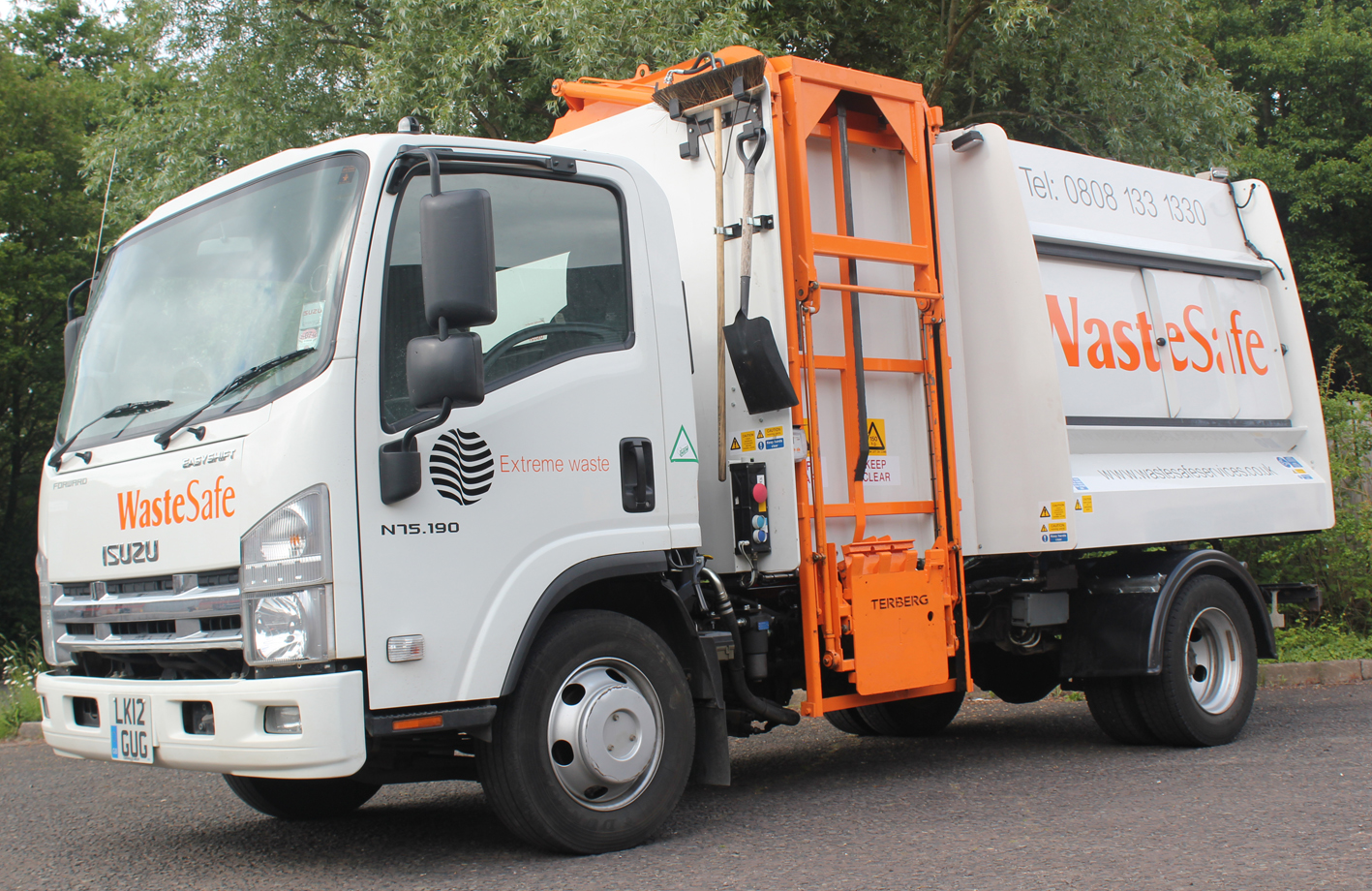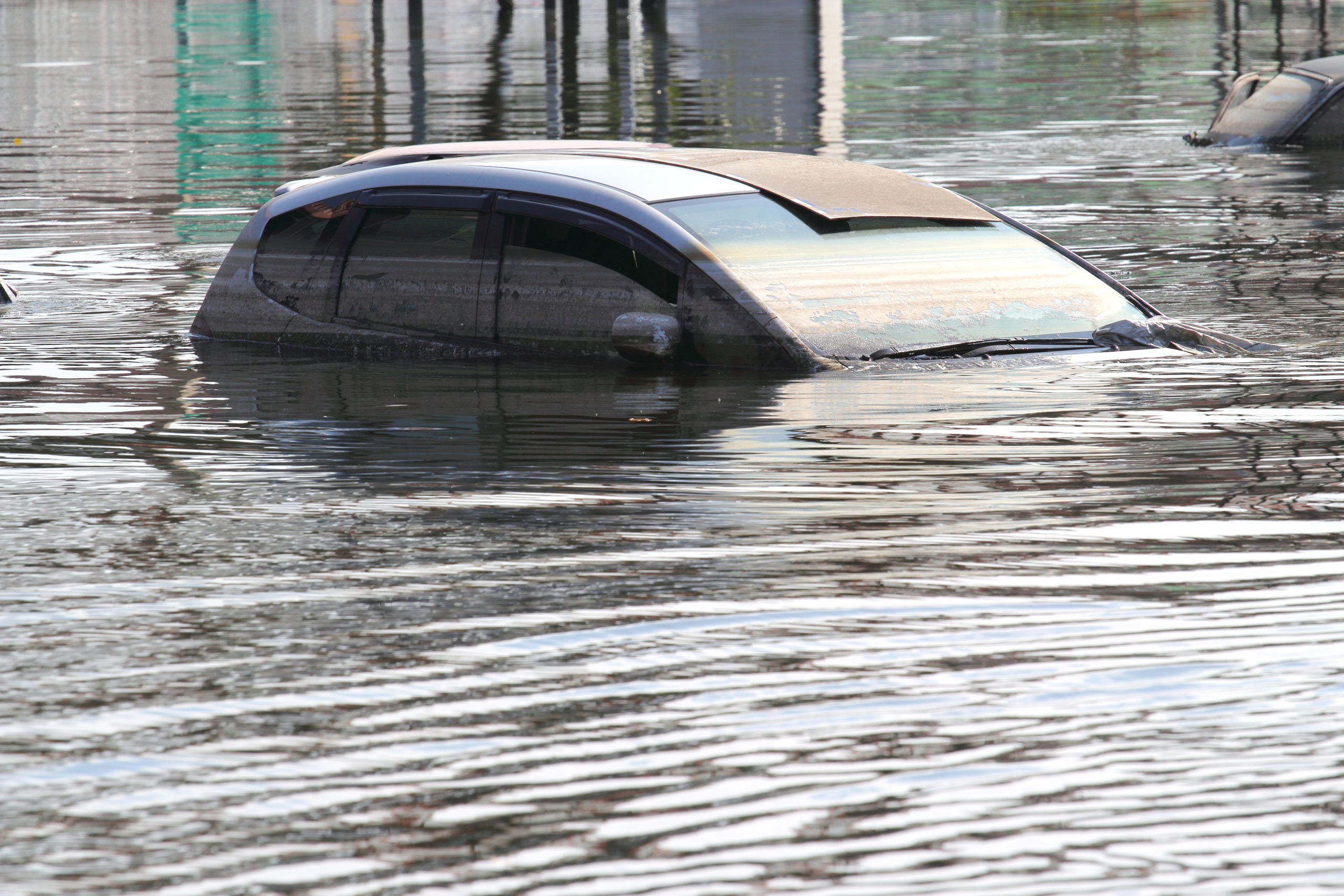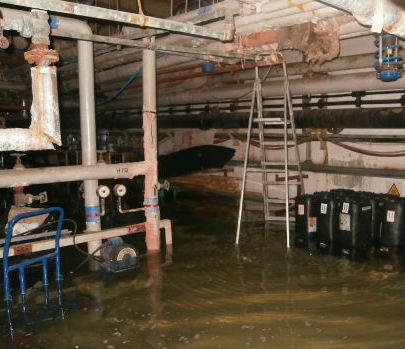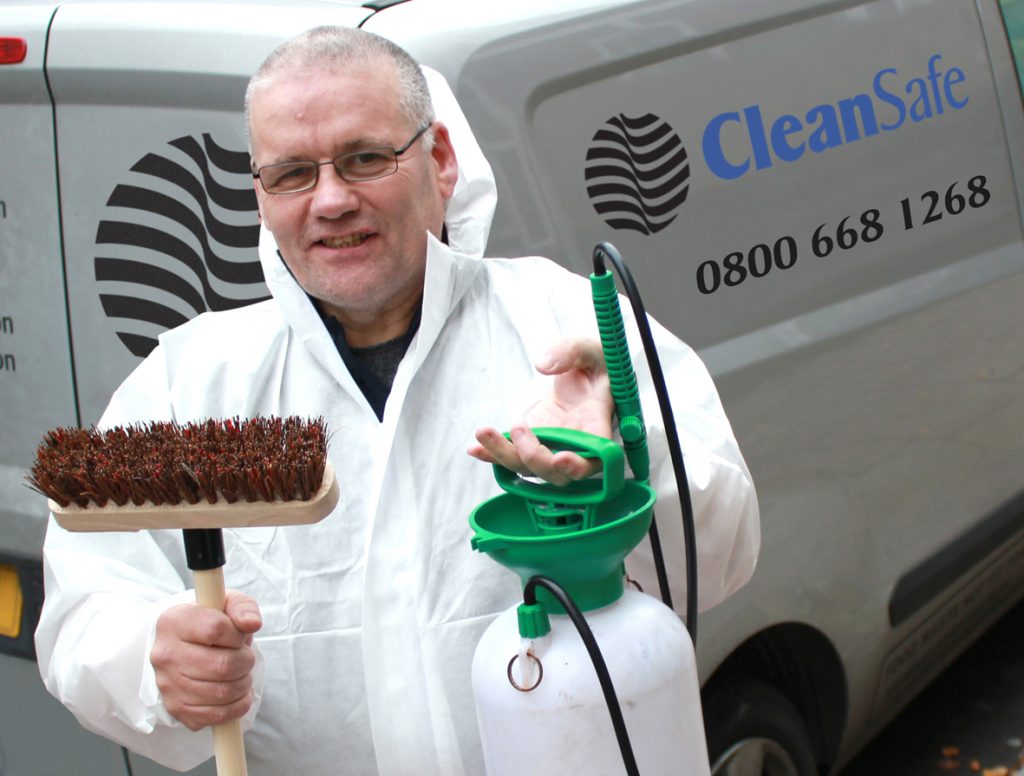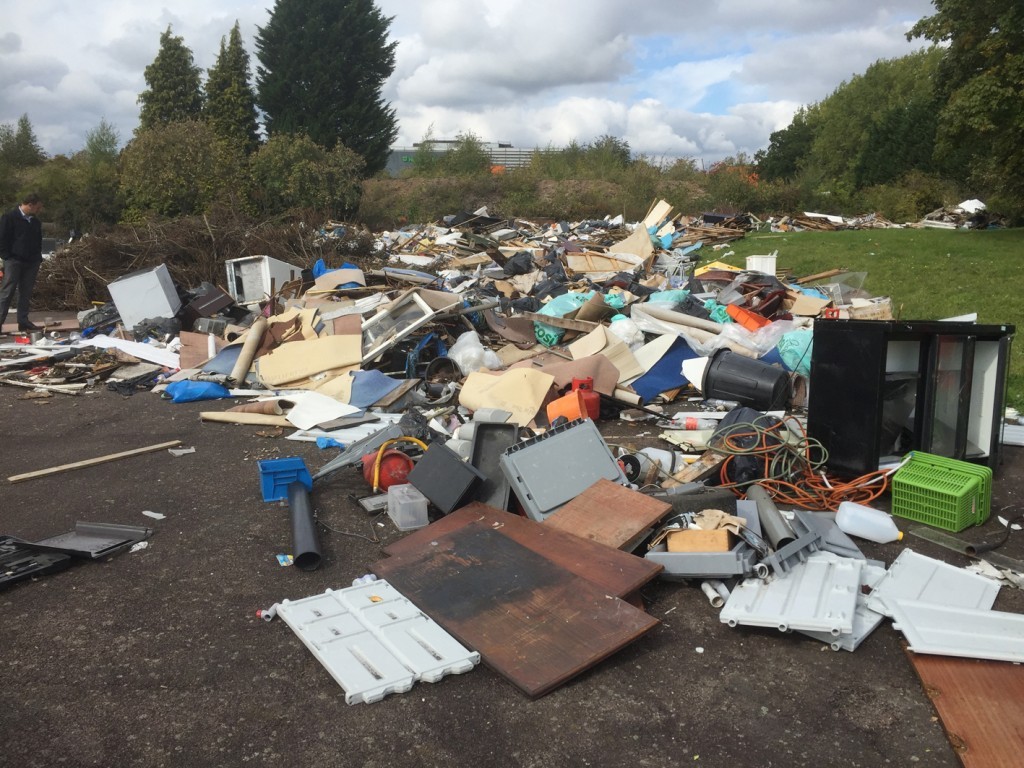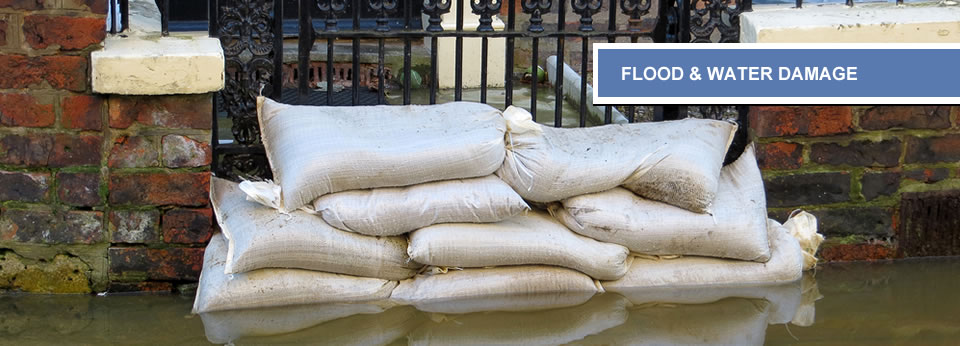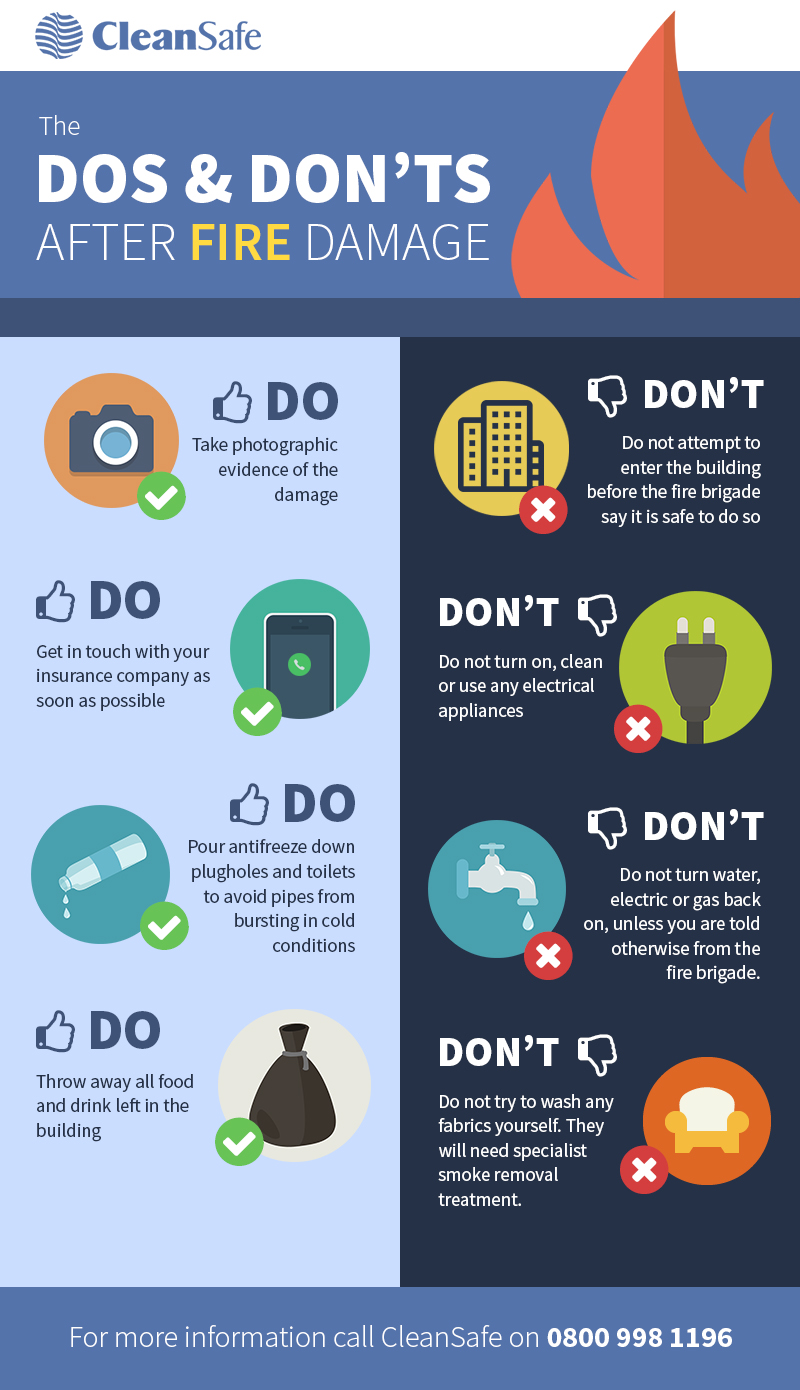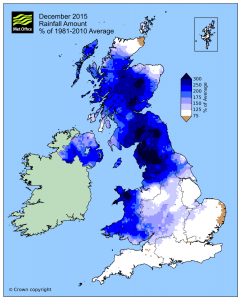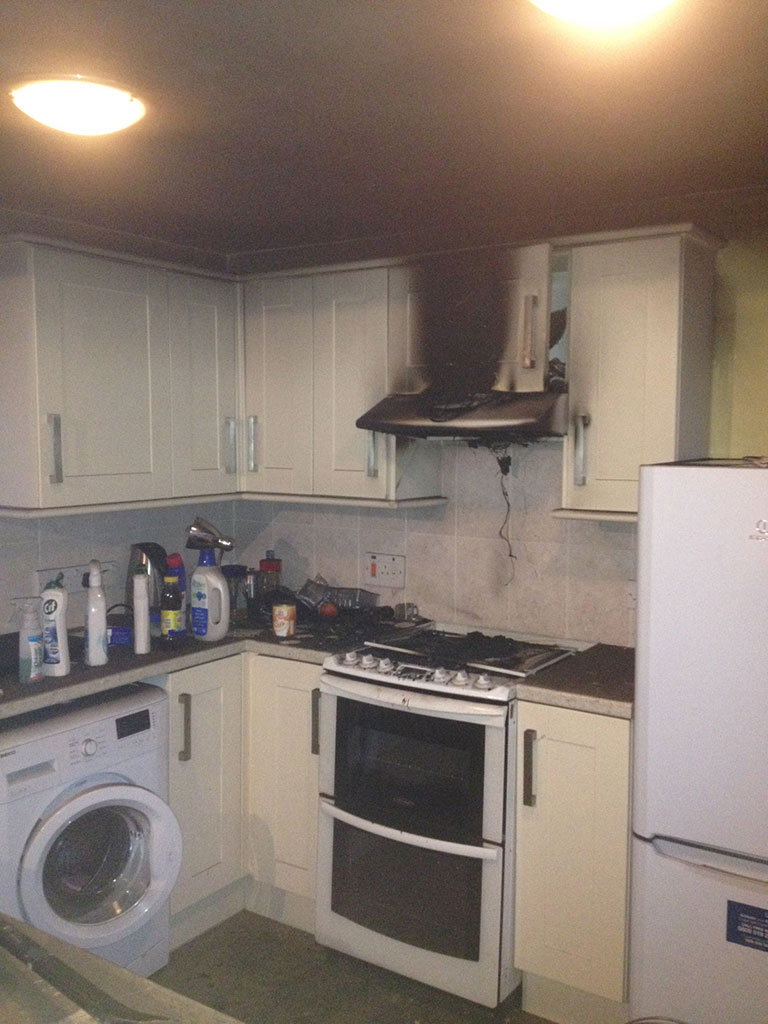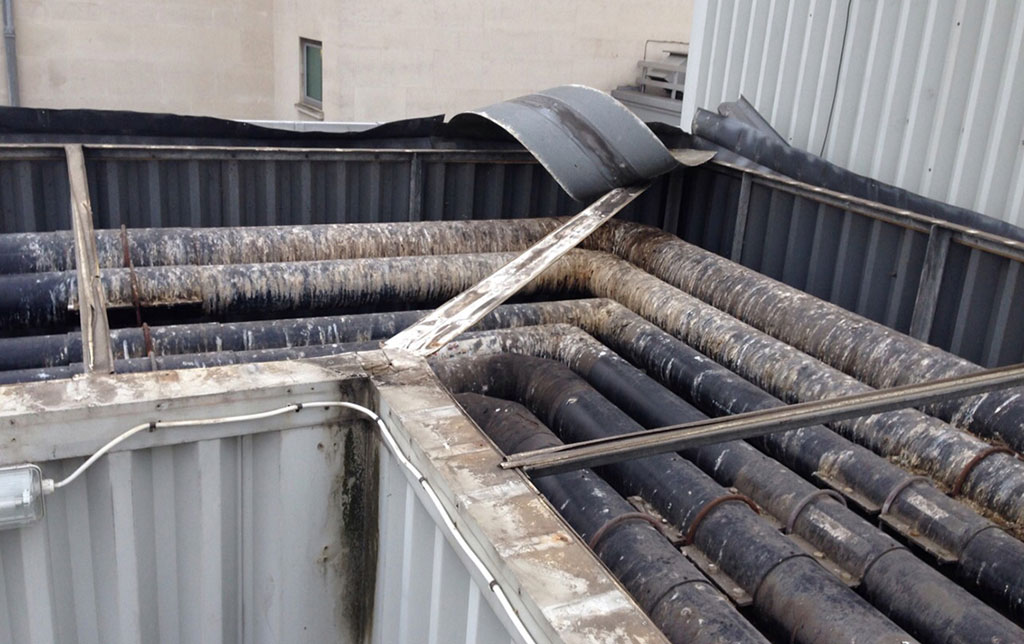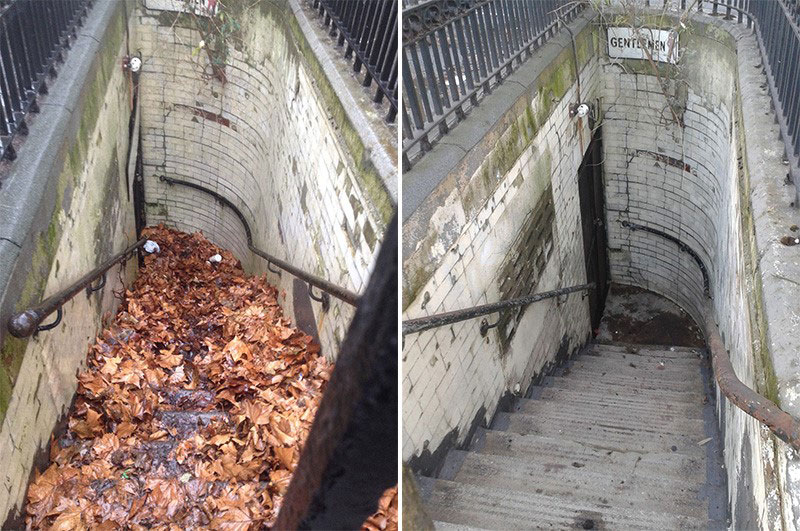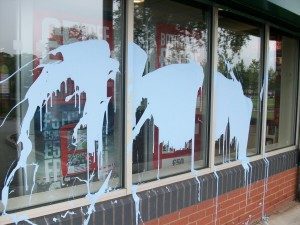Over the last decade, the UK has experienced at least one severe flood every year, making flooding the most common and hazardous natural risk to businesses as well as the public. Most businesses are more likely to be damaged by flood than fire, and this level of risk is only going to increase as our climate continues to change.
While we can expect some protection from government investments in flood defences and insurance initiatives, it’s essential that, as an at-risk business owner, you take steps to protect your assets and premises.
By making adequate preparations, it is estimated that a business can save between 20% and 90% on lost stock and equipment, as well as limit the stress and hassle associated with a disaster like this.
This first steps are to find out:
- If your business is at risk of flooding
- What type of floods present the highest risk to you
- Create a flood plan for your business
Flood Plan Risk Assessment Checklist
Your flood plan should be a detailed, written document that explains how your business will react to the threat of flood. A well considered flood plan will detail how staff will be protected, how hazardous equipment will be dealt with, and how the risk from polluting materials will be limited.
To ensure your flood plan is effective, before you begin writing it, you should:
- Sign up to receive flood warnings to give you plenty of time to initiate your plan
- Install high level storage, on an upper floor if possible
- Have vulnerable fittings and fixtures (plug sockets, phone lines, etc.) lifted to above risk level
- Speak to your suppliers and customers to develop a flood contingency plan
- Provide flood safety training for your staff, including an evacuation plan
- Find out which roads are likely to be unaffected by flood so you can evacuate safely
- Invest in flood protection products
- Compile a stock of useful materials (plywood, plastic sheeting, sandbags, etc)
- Install non-return valves in your toilets and drains
- Check your insurance and ensure it is sufficient to cover you in the event of flood
The purpose of a plan is to ensure essential information is easy to access, easy to communicate to staff and easy to remember – so you can be sure that everyone will act responsibly and safely in the event of a flood.
In a small business, creating a business plan will probably be the responsibility of the owner, but in larger businesses, it may be necessary to delegate this job to a team of people from different areas of the business.
Your flood plan should include a map of your premises, showing key entry points, at risk areas, flood protection equipment storage areas and service shut-off points, as well as a list of basic strategies that will protect your property, limit business downtime and aid recovery.
The best way to display this information is in a checklist, so staff can simply work through a list to apply your carefully planned strategies and protection measures.
- A contact list (including emergency contact details for staff and useful phone numbers such as Floodline, local authority, insurance company)
- A list of any staff members who may require assistance during an evacuation, their location on the premises, and how they can be effectively assisted.
- Location of water, gas and electricity cut-off points and instructions on how to turn them off.
- Location of potentially harmful or toxic chemicals (cleaning fluids, cooking oils, fuels, etc.) and how they can be protected – such as move to safer location or secure to a anchor.
- A list of important/vulnerable items, their location and how they can be protected. For example: Computers: Ground floor office – Unplug and move to the 2nd floor for storage.
For more information on preparing your business for a flood, view the government guidance. Here you will find templates and advice to help your business stay afloat.


